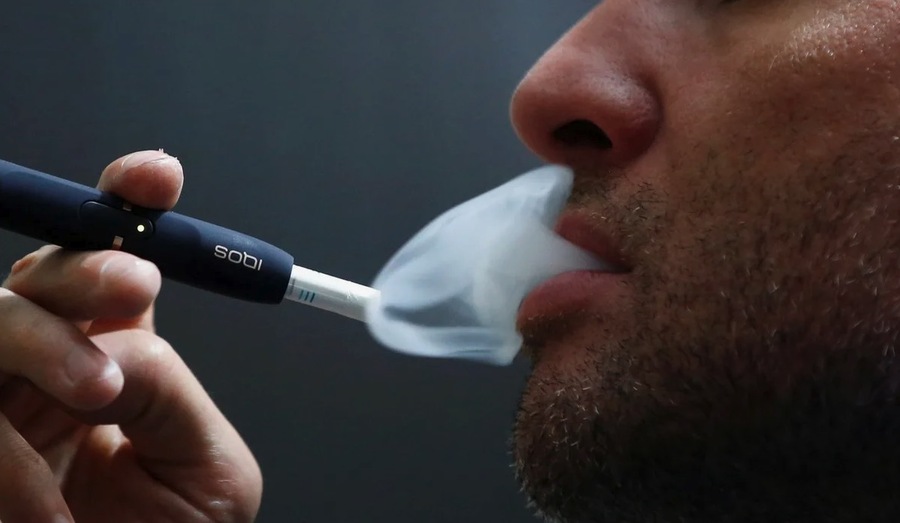Tobacco has been a part of human culture for centuries, utilized in various forms and methods. Despite its widespread use, tobacco poses significant health risks due to its addictive nature and the harmful substances it contains. This article delves into the different methods of tobacco use, their histories, and the associated health risks.
Smoking Tobacco
Smoking Cigarettes and Cigars
Smoking cigarettes and cigars is one of the most common methods of tobacco use. Cigarettes consist of finely cut tobacco wrapped in paper, while cigars are made from whole tobacco leaves. Both methods involve inhaling smoke, which contains nicotine, tar, carbon monoxide, and numerous carcinogens.

History and Facts
– Tobacco smoking dates back to at least 5000 BC, with indigenous peoples of the Americas using it for ceremonial and medicinal purposes. The practice spread to Europe after the arrival of Europeans in the Americas.
– The mass production of cigarettes began in the 19th century, making tobacco accessible to a broader audience. With industrialization, cigarette manufacturing became faster and more efficient.
– Cigars, often seen as a luxury item, have a rich history dating back to ancient civilizations in Central America. They became particularly popular in Europe during the 18th and 19th centuries.
Health Risks
– Smoking is a leading cause of lung cancer, heart disease, and chronic obstructive pulmonary disease (COPD). The inhalation of smoke damages the lungs and airways, leading to serious health conditions.
– It also increases the risk of stroke, respiratory infections, and various cancers, including throat, mouth, and bladder cancer. The harmful chemicals in tobacco smoke affect nearly every organ in the body.
Chewing Tobacco
Chewing tobacco involves placing a portion of tobacco between the cheek and gum or teeth and chewing. This method allows nicotine to be absorbed through the mucous membranes in the mouth.
History and Facts
– Chewing tobacco has been used for centuries, particularly among Native American tribes. It was used both recreationally and medicinally.
– It gained popularity in the United States during the 19th and early 20th centuries, especially among baseball players and rural populations.
Health Risks
– Chewing tobacco can lead to oral cancers, gum disease, and tooth decay. The constant exposure to tobacco juice affects the tissues in the mouth.
– It also increases the risk of pancreatic cancer and causes nicotine addiction, leading to further health complications.
Snuff
Snuff is finely ground tobacco that can be sniffed through the nose or placed in the mouth. There are two main types: dry snuff, inhaled through the nostrils, and moist snuff, placed in the mouth.
History and Facts
– Snuff originated in the Americas and became popular in Europe in the 16th century. It was particularly favored in France and England.
– It was a favored method of tobacco use among European aristocracy, seen as a sophisticated alternative to smoking.
Health Risks
– Snuff can cause nasal and oral cancers, gum disease, and other dental issues. The fine particles of tobacco can irritate the nasal passages and oral tissues.
– It also carries the risk of nicotine addiction and cardiovascular problems, as nicotine affects the heart and blood vessels.
Swedish Snus
Snus is a moist, powdery tobacco product originating from Sweden. It is placed under the upper lip for extended periods.
History and Facts
– Snus has been used in Sweden since the early 19th century and is regulated to ensure lower levels of harmful substances. It became a popular alternative to smoking, especially in colder climates where smoking outdoors was less appealing.
– Unlike many other smokeless tobacco products, snus is pasteurized rather than fermented, which reduces the presence of certain harmful bacteria. This process is believed to make snus a less harmful option compared to other smokeless tobaccos.
Health Risks
– While considered less harmful than smoking, snus still poses risks of oral cancers, gum disease, and addiction. The nicotine in snus can still affect the cardiovascular system and other organs.
– It can also contribute to cardiovascular issues, as nicotine constricts blood vessels and raises blood pressure.
E-Cigarettes (E-Cigs)
E-cigarettes are battery-powered devices that heat a liquid containing nicotine, flavorings, and other chemicals to create an aerosol, which is then inhaled.
History and Facts
– E-cigarettes were introduced in the early 2000s as an alternative to traditional smoking. They were marketed as a safer option and a way to help smokers quit.
– They have gained popularity, especially among younger generations. The variety of flavors and sleek designs have made them appealing to a wide audience.
Health Risks
– The long-term health effects of e-cigarettes are still being studied, but they are known to cause lung damage and respiratory issues. The aerosol produced can contain harmful chemicals and metals.
– They can also lead to nicotine addiction and have been linked to cases of severe lung injury, known as EVALI (e-cigarette or vaping product use-associated lung injury).

Heating Devices (iQOS)
The iQOS (I Quit Ordinary Smoking) is a tobacco heating system developed by Philip Morris International (PMI). It heats tobacco to a lower temperature than combustion, reducing the production of harmful chemicals.
Idea Behind iQOS
– The main harm from smoking comes from the combustion of tobacco, which produces numerous toxic substances. By avoiding combustion, iQOS aims to reduce exposure to these harmful chemicals.
– PMI developed iQOS as part of their efforts to create safer alternatives to smoking. The goal is to provide smokers with options that deliver nicotine with fewer harmful byproducts.
History and Facts
– PMI began developing smokeless tobacco products to offer alternatives to traditional smoking. The development of iQOS involved extensive research and testing.
– iQOS is part of PMI’s line of smokeless products designed to help smokers reduce their risk over time. The device has been introduced in many countries and has gained a significant following.
Health Risks
– While iQOS may reduce the levels of harmful chemicals compared to smoking, it is not risk-free. Users are still exposed to nicotine and some harmful substances.
– Nicotine is addictive and can contribute to various health issues, including heart disease and respiratory problems. The long-term effects of using heated tobacco products are still being studied.
Conclusion
Tobacco use in its various forms poses significant health risks. From traditional cigarettes and cigars to modern alternatives like e-cigarettes and iQOS, the harmful effects of tobacco are well-documented. Understanding the different methods of use and their associated dangers is crucial for making informed decisions about tobacco consumption. As research continues, the hope is to find more effective ways to reduce the health impacts of tobacco and ultimately decrease its prevalence worldwide.
Efforts to reduce tobacco use and promote cessation are vital. Public health campaigns, regulations, and support for quitting smoking can help reduce the burden of tobacco-related diseases. For those looking to quit, numerous resources and support systems are available, from nicotine replacement therapies to counseling and support groups.

Surfer, hustler, fender owner, International Swiss style practitioner and recent OCAD grad. Acting at the nexus of design and elegance to create great work for living breathing human beings. Let’s design a world that’s thoughtful, considered and aesthetically pleasing.
